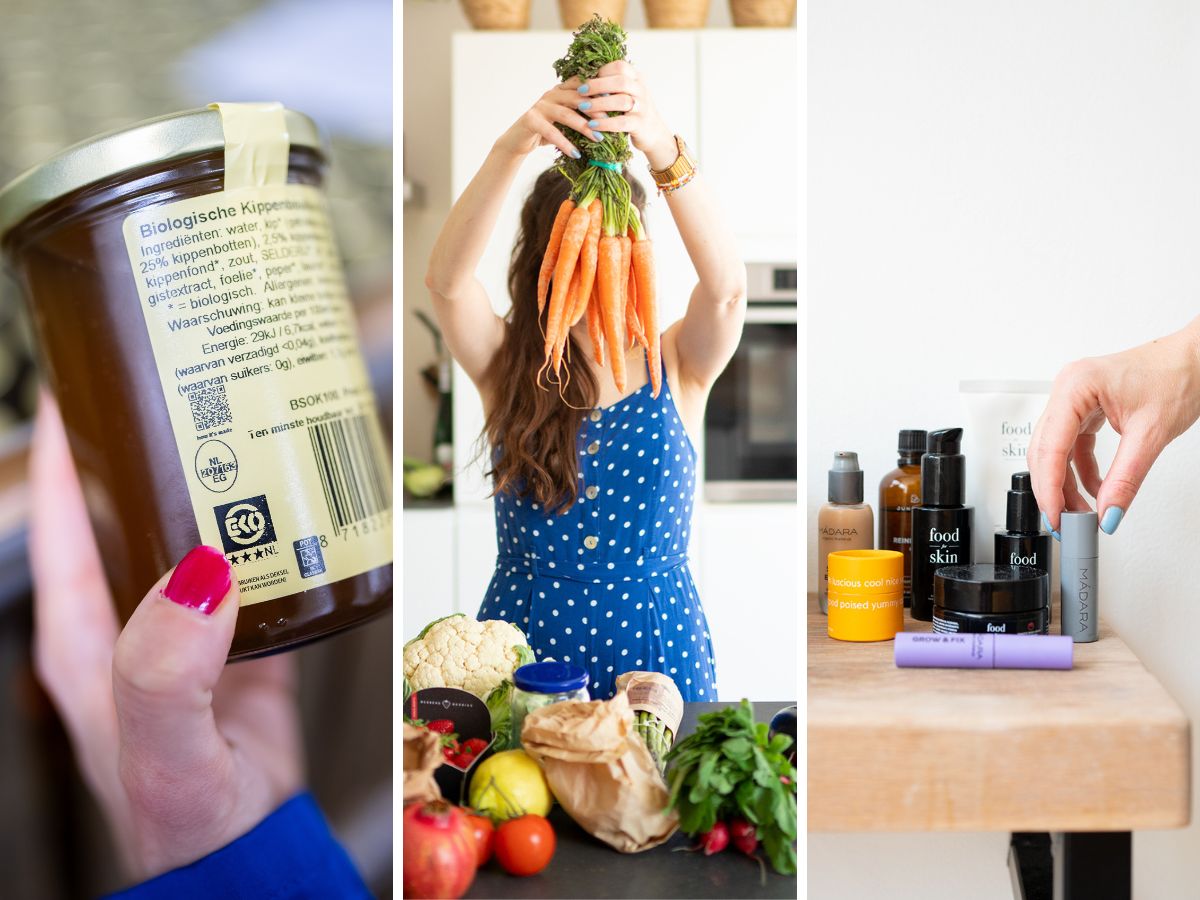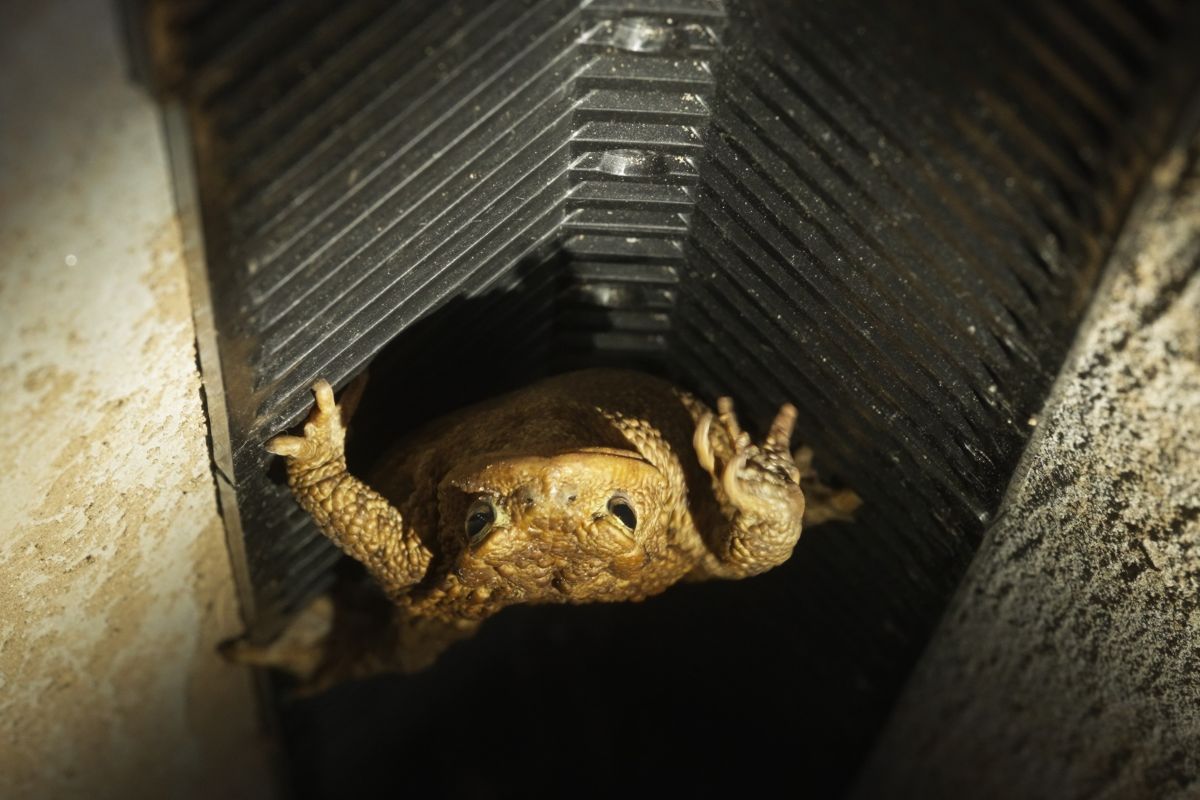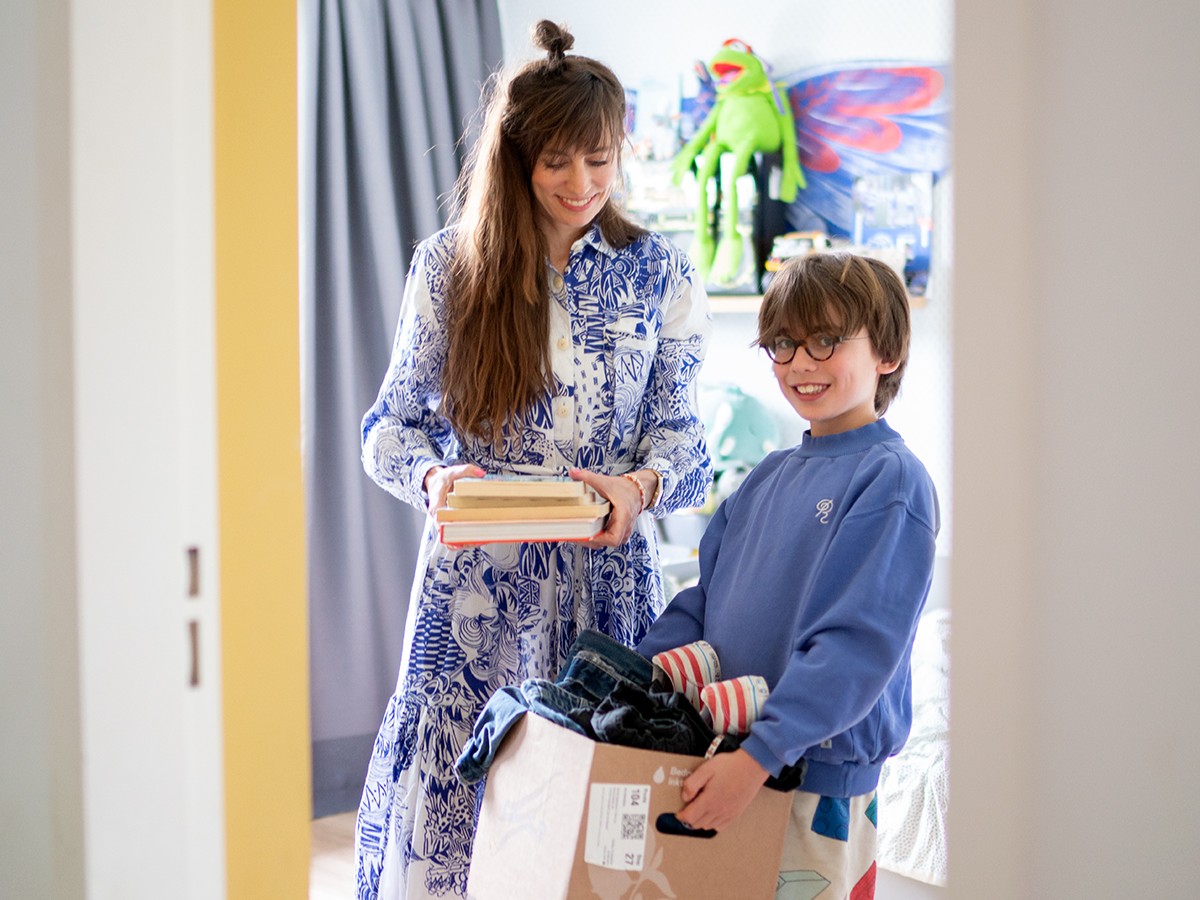A frequent guest at parties and celebrations: balloons. Hang a few and it looks instantly festive. But what happens to our merry friends when the party is over? Well, usually balloons soon end up in the trash or worse: in nature. What are balloons actually made of and is there such a thing as sustainable balloons? We went home last and found out for you.
What are balloons actually made of?
Before we shout from the rooftops that balloons are bad for the environment, we want to know what exactly they are made of. Balloons come in all shapes and sizes. If we want to understand their environmental impact, it is especially important to look at the material they are made of.
Why a balloon made of natural rubber is not necessarily sustainable
Let's start with the home, garden and kitchen balloons that everyone is familiar with. You know: those usually round or oval balloons with a cheerful colour or print. These are usually made of latex, also known as natural rubber. It often says so on the packaging too and sounds pretty sustainable, but unfortunately that's not the whole story. Latex products can contain so-called nitrosamines and nitrosatable substances. Some nitrosamines are carcinogenic. That is why there are strict rules on the amount of nitrosamines that can be found in products. But not all manufacturers adhere to them. An investigation by the Netherlands Food and Consumer Product Safety Authority in 2018 found that 16 out of 58 balloons examined had releases of nitrosamines and nitrosatable substances above the legal limit. So our first tip is one for your health: if you use balloons, inflate them with a pump, not with your mouth.


Left: Foil balloons are usually made of a thin layer of plastic with metal. Right: even balloons made of natural rubber can contain harmful substances.
More chemicals in a balloon
Unfortunately, we are not done yet, as balloons often contain other substances, such as ammonia, fragrances, dyes, rubber enhancers, zinc oxide and sulphur. OK, that's quite a list and it does sound a lot less appetising than natural rubber. So don't be too easily seduced by green terms on the packaging, because most of the time it's a lot of air.
What are foil balloons made of?
So are foil balloons perhaps better? Foil balloons tend to last longer and are made of plastic - BoPET to be precise - a material also often used for packaging. To this, another layer of metal, such as aluminium, is added to make a sturdy foil. According to the government website WHERE IS IT.nl foil balloons are basically safe under normal use. However, microplastics can be released due to wear and tear. Therefore, the same applies to foil balloons: do not leave them in nature.
No party without sustainable balloons?
So most balloons are not so good for the environment. The production and raw materials required, as with many other items, have a negative impact on the earth. And because balloons are made of a mix of materials, they are difficult to recycle. On the other hand, one balloon does not require that much material. A crisp packaging, for example, also has a negative impact on the environment. Can you also celebrate the party without balloons? Top! We'll even have a list of some cool, more sustainable alternatives for you soon. But if you use a few balloons once in a while - for instance because your children really like them - that's no disaster either. In that case, though, preferably choose balloons made of 100% natural latex with natural colour pigment. If you still need strings, you can also choose biodegradable material here, such as jute rope.
Sustainable balloons don't belong in nature either
What is really important: make sure that balloons end up in the rubbish after use and do not end up in nature. Not only do they create litter there, but animals can also get entangled in them or eat the balloons. Wageningen University & Research warns that even biodegradable balloons do not decompose fast enough to no longer pose a hazard. So even if it says ‘biodegradable’ on the packaging: balloons are still not meant to end up in nature. Helium balloons with a card attached being released? Not a good idea. We are therefore glad that more and more municipalities are banning this. By the way, here you can read how to take action if your municipality has not yet banned balloon launching.
Sustainable alternatives to balloons
Since balloons are not quite top for the environment after all, we went in search of more sustainable alternatives. Do they exist? Yes they do! We list a few for you.
- Paper honeycombs are colourful decorations that you can unfold and reuse. Honeycombs give the same festive effect as balloons, but they last much longer as they can be reused many times. Preferably choose honeycombs made of labelled paper, such as FSC.
- Tip from a follower: Kami fusen, which are Japanese balloons made of rice paper. Safe to inflate by mouth, don't need to be sealed and after the party you can store them flat again. Ideal! These are available at Batsu in different colours and in the shape of animals.
- Slightly smaller, but just as cosy: pompoms. You can easily make these yourself from scraps of wool. Don't have any wool in the house? Then check out the thrift store. You can see how to make your own pompoms in this DIY.
- Instead of balloons, you can of course hang cheerful garlands. Especially sustainable if you make them yourself from leftover material. Check out our DIY for fabric garlands here and check out the DIY for paper garlands here. Don't feel like tinkering? Then buy a nice fabric garland that you will enjoy for a lifetime.
- And how about a bit of paper confetti for atmosphere? Or even greener: confetti made of leaves and flowers. Find (flower) leaves and use a hole punch to turn them into confetti.
- If the party is outside, you can also decorate the ground with pavement chalk. Find a more sustainable alternative to pavement chalk here.
- Instead of putting up balloons, blow bubbles. At least as festive! Find a natural bubble bladder.
Without balloons, it really is a party
Balloons are a happy guest at parties, but less fun for the environment. Never leave them in nature - no matter how sustainable the packaging sounds. Animals like birds and fish can get entangled in them or eat them, with all the nasty consequences. Fortunately, there are plenty of creative and reusable alternatives that make it just as festive. That way it really is a party for everyone.
Sources: WHERE IS IT.nl, Sustainable Packaging Knowledge Institute, Wageningen University & Research, NOS, North Sea.nl, Utopia.de. Photo credits: main image: happy birthday: cup of couple (Pexels), woman with balloons: Karolina Grabowska (Pexels), seated woman with durable balloons: Cottonbro (Pexels).






